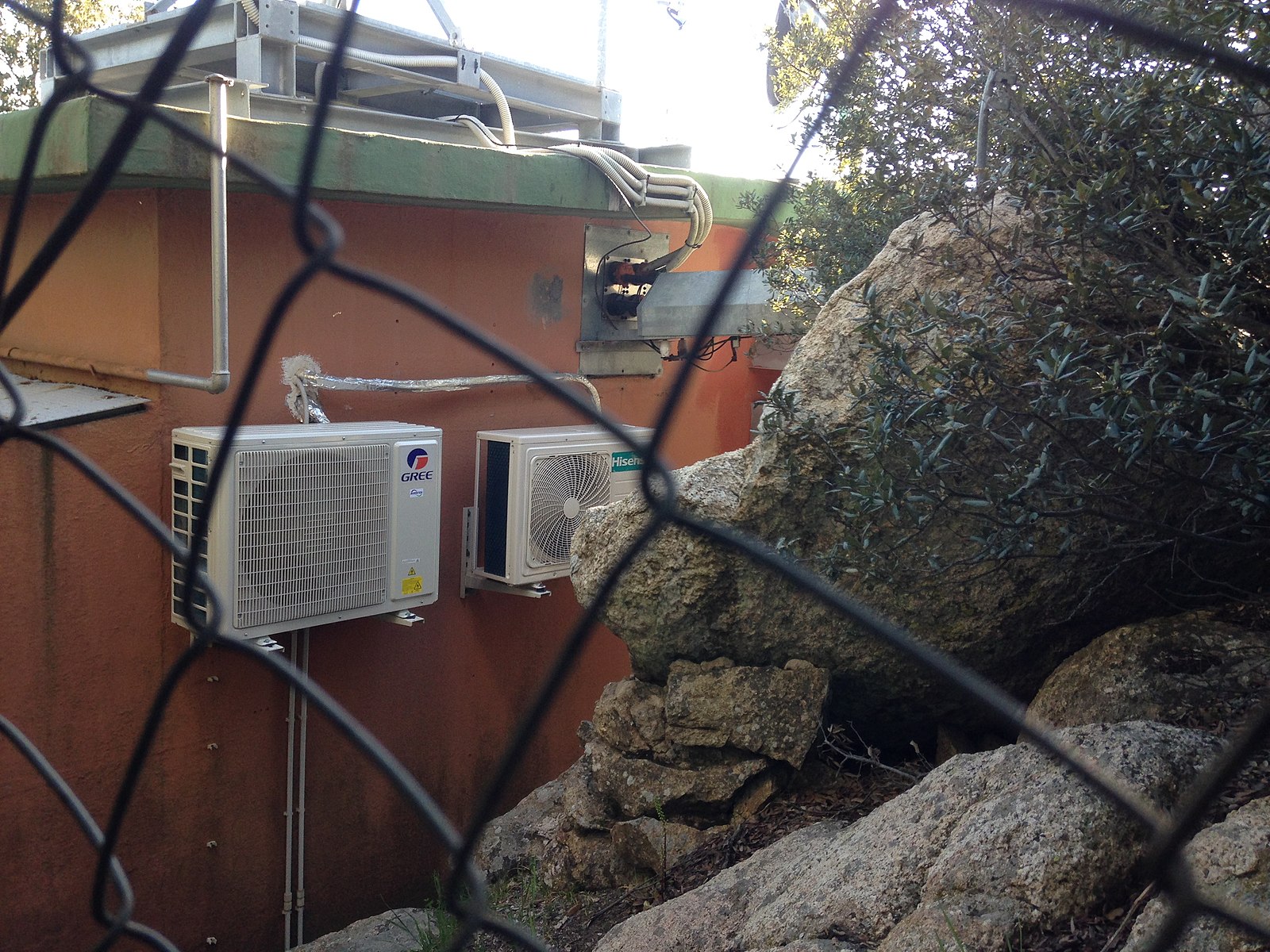When it comes to choosing the right air conditioner for your home, the decision can be overwhelming, especially for DIY enthusiasts with advanced hands-on skills. In this comprehensive guide, we’ll delve into the technical specifications, performance, and user experience of two leading brands: Gree and Friedrich. By the end, you’ll have a clear understanding of which one is the better choice for your specific needs.
Compressor Type: Scroll vs. Rotary
The compressor is the heart of an air conditioner, and its efficiency and reliability are crucial factors to consider. Gree air conditioners utilize a scroll compressor, which is known for its exceptional efficiency and durability. The scroll compressor design features two spiral-shaped scrolls that interlock and rotate to compress the refrigerant, resulting in a smooth and quiet operation.
On the other hand, Friedrich air conditioners employ a rotary compressor. Rotary compressors are also highly efficient and reliable, but they may not be as quiet as scroll compressors. To assess the compressor performance, you can measure the power consumption and noise levels of both units under various load conditions using a wattmeter and a sound level meter.
Filtration System: Multi-Stage vs. Standard
 Image source: Gree ac by Air Fans
Image source: Gree ac by Air Fans
Indoor air quality is a significant concern, and the air conditioner’s filtration system plays a crucial role in maintaining a healthy living environment. Gree air conditioners feature a multi-stage filtration system that includes an electrostatic filter, a silver ion filter, and a photocatalyst filter. This advanced filtration system effectively removes airborne particles, allergens, and even odors, providing superior indoor air quality.
Friedrich air conditioners, on the other hand, have a more standard filtration system that includes a standard filter, an activated carbon filter, and an anti-allergen filter. While this filtration system is still effective, it may not be as comprehensive as Gree’s multi-stage system. To evaluate the filtration performance, you can conduct particle count tests and measure the air quality before and after the installation of each unit.
Noise Level: Quiet Operation
Noise level is an essential factor, especially for those who value a peaceful living environment. Gree air conditioners have a noise level range of 21-52 dB(A), depending on the model, while Friedrich air conditioners have a noise level range of 26-56 dB(A). The lower noise levels of Gree air conditioners can be attributed to their scroll compressor design and advanced sound-dampening technologies.
To assess the noise levels, you can use a sound level meter to measure the decibel (dB) readings at various distances from the indoor and outdoor units. This will help you determine the overall noise impact and ensure that the selected air conditioner meets your desired noise level requirements.
Energy Efficiency: SEER Ratings
Energy efficiency is a crucial consideration, as it not only impacts your utility bills but also contributes to environmental sustainability. Gree air conditioners boast a SEER (Seasonal Energy Efficiency Ratio) rating of up to 24.5, depending on the model, while Friedrich air conditioners have a SEER rating of up to 23.
The higher SEER rating of Gree air conditioners indicates that they are more energy-efficient, meaning they can provide the same cooling capacity while consuming less electricity. To verify the energy efficiency, you can review the Energy Star ratings and conduct energy consumption tests using a wattmeter or an energy monitoring device.
Installation: Ease of DIY
For DIY enthusiasts with advanced hands-on skills, the ease of installation is a significant factor. Gree air conditioners are designed with the DIY user in mind, offering a wide range of installation options, including wall-mounted, floor-standing, and ceiling-cassette units. The installation process is generally straightforward, with clear instructions and user-friendly features.
Friedrich air conditioners, while also offering various installation options, may require professional installation for optimal performance. This can be a consideration for those who prefer to handle the installation themselves or want to minimize the cost of professional services.
To assess the installation process, you can review the manufacturer’s installation guides, watch tutorial videos, and practice the installation process on a mock-up or a smaller-scale unit before tackling the full-size installation.
Conclusion
Both Gree and Friedrich air conditioners offer advanced features and high-quality performance. However, based on the technical specifications, performance, and user experience, Gree air conditioners may be the better choice for DIY users with advanced hands-on skills.
Gree’s scroll compressor, multi-stage filtration system, quiet operation, and superior energy efficiency make it a compelling option for those who prioritize indoor air quality, energy savings, and a peaceful living environment. Additionally, Gree’s user-friendly installation process and wide range of installation options make it an excellent choice for DIY enthusiasts.
Ultimately, the decision between Gree and Friedrich air conditioners will depend on your specific needs, preferences, and the level of hands-on expertise you possess. By considering the factors outlined in this comprehensive guide, you can make an informed decision that best suits your home and your DIY capabilities.
References:
– Mitsubishi vs. Fujitsu vs. Daikin vs. Gree
– Good/Bad Experience with Mr. Cool Mini Splits
– I need help decide between 3 Mini Splits: Gree, Hansol, Friedrich or Fujitsu
– Gree vs. Everyone Else
– Air Conditioners Prices and Models
